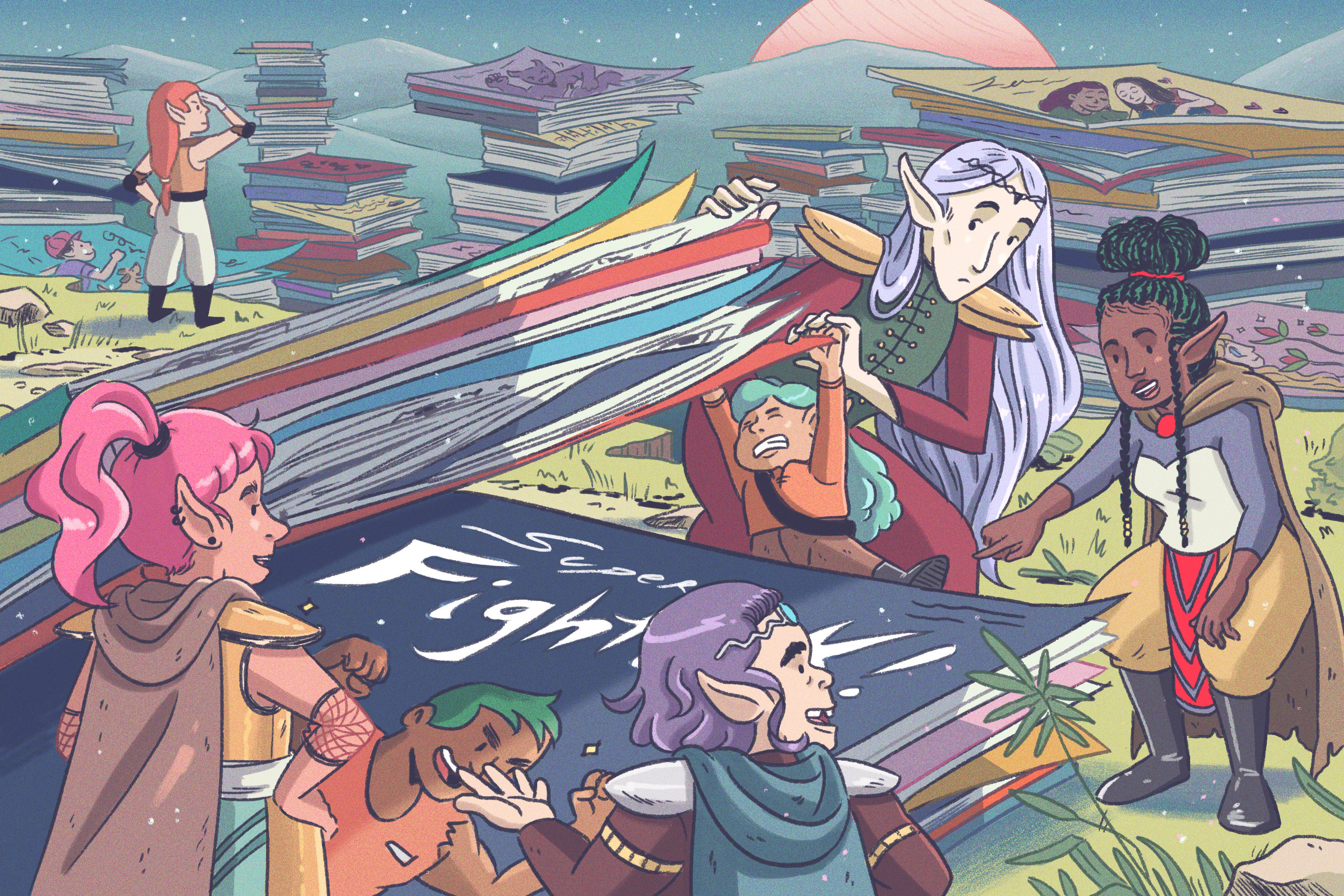
This is because we generally read tables from the top down, and therefore want to see the caption at the top. Figure captions are generally placed below the figures, while table captions must be placed above the tables. Tables and figures must all be labelled with numbered captions that clearly identify and describe them.
#Visual novel reader how to add names full
Tables that require a full page might be best put in an appendix. Try to ensure that figures and tables are not broken over two pages. They may be included in the main sections of the report, or if they contain supplemental material they may be contained in an appendix. Figures refer to any visual elements-graphs, charts, diagrams, photos, etc.-that are not Tables. Tables are made up of rows and columns and the cells usually have numbers in them (but may also have words or images). Visual elements are referred to as either Tables or Figures. These are outlined in detail in the Faculty of Engineering Co-op Work Term Report Guideline (.pdf). In addition to those five general rules, there are specific guidelines for implementing them. Thus, Figure 3.4.2 follows the five key rules listed above. The original image has not been distorted in any way. Therefore, if you want more information about this data, you can find it. The figure also cites the source the graph was retrieved from in the caption using an in-text citation, which is linked to a full reference below. If you add some context that flushing of toilets is one of the main causes of water demand, the story comes into focus. The graph tells the story of the fluxuating water demand in Edmonton during the 2010 Olympic gold medal hockey game. With this added information, the story starts to take shape.


įigure 3.4.2 has a numbered caption (which I have just referred to in my paragraph), a descriptive title, and it has properly labelled x and y axes and legends. Figure 3.4.2 Water Consumption in Edmonton during the 2010 Gold Medal Hockey Game. However, the lack of a descriptive caption and labelling of axes makes it impossible to know for sure. If you look carefully, you might be able to guess what story this graph is telling. Do you understand what information it conveys? What story it’s trying to tell? What is missing? Figure 3.4.1 Whenever possible, try to orient the visual image in the same direction as the body text.Įxamine Figure 3.4.1 below. A visual that has been shrunk down to an unreadable size does not help the reader understand your ideas. If copying and pasting an image, make sure all elements are clear and the print size is readable. In addition, visual elements should also be surrounded with sufficient passive space to emphasize the image and enhance its readability.

Visual elements such as graphs, charts, tables, photographs, diagrams, and maps capture your readers’ attention and help them to understand your ideas more fully.


 0 kommentar(er)
0 kommentar(er)
